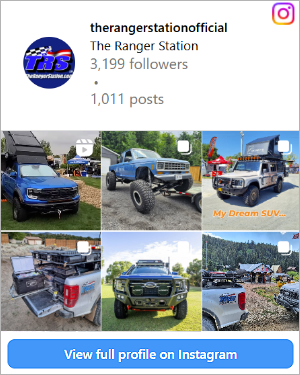It depends on what you are able to install a filter on and what you are trying to effect. Some could go on the antenna line for the radio being effected, some can go on the offending radio in some way. It's generally better to go after the source than the receiver. But that can be more difficult and you risk limiting the output capabilities of the offending radio in a negative way.
Like the example I gave when replying to Bill, the filter when on the power and ground wires for the fuel pump. As close to the fuel pump as I could get them. That required cutting and splicing the wire harness to do it. Before that, I thought it was an issue being fed through the power supply wire for the radio itself. So, I installed a filter there since that was the first thing recommended for noise elimination not related to the alternator. That didn't work but the filter for the fuel pump did.
So, Bill isn't wrong at all. I just disagree with his approach. But sometimes you don't have any options but to go with a filter either. From what I remember you saying about the radios you want to install, I thing antenna spacing would be better. I'll need to go back to your original question and see if I can expand better.
EDIT: Marine Radio, CB, and Garmin GPS antennas....
Looking at the frequencies for Marine Radios and GPS receivers, I don't think there will be much of an issue.
Marine: 156.050 - 162.000
GPS: 1176.45, 1227.6, & 1575.42 MHz
CB: 26.9650 - 27.40500
For highway use, the best location for a CB antenna other on the center of your roof is on the right, rear of the vehicle so that that strongest signal lobe is broad cast in the direction of oncoming traffic where much of the information you are looking for would be coming from.
You might want to reserve the center roof location for the marine radio since there would be more variability on where the boat(s) you are communicating with might be.
GPS, it really doesn't matter as long as it is in the center of the horizontal panel it's being mounted on free of metal obstructions. The dashboard is fine as well. That is where I have mine.
EDIT #2: After all that, I realized that you might be asking about where to buy them. There are a number of different places you can buy different filters as long as you know what you are looking for. Amazon, DX Engineering, etc.














